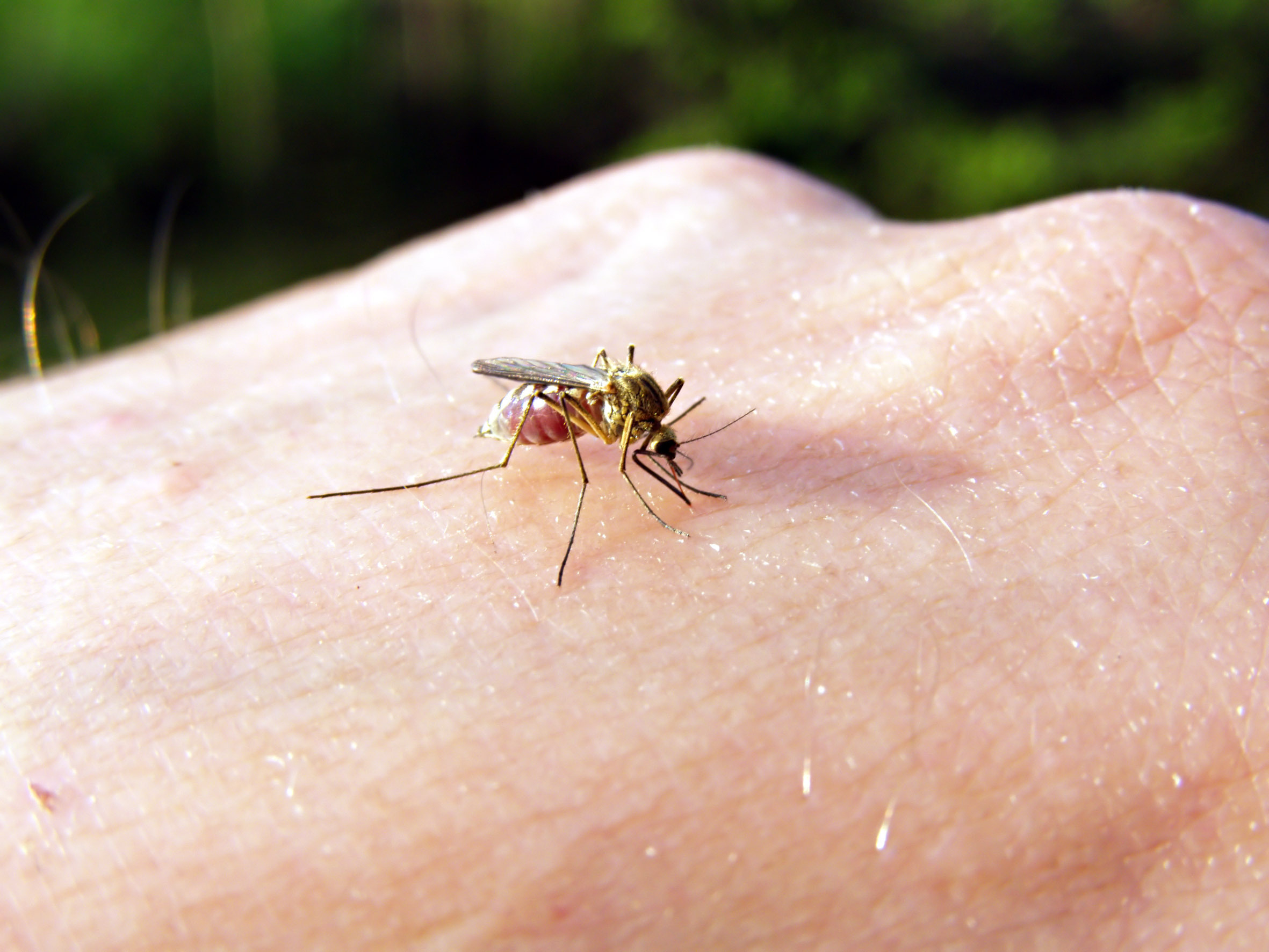
Why Biting Midges Are Not Just a Scottish Problem
- Post author:cs_Admin
- Post published:26 June 2024
- Post category:Blog
- Post comments:0 Comments
Summer is definitely a time when you should have a fly killer light in place and switched on, as there will be loads of active insects around spreading disease whenever they get on your food, as well as increasing the risk that your staff or customers may be bitten or stung.
A threat that is well known, yet not fully understood, is that of the midge. What is clear about them is their notoriety; anyone visiting the Highlands this summer will need plenty of DEET or other insect repellents before they are set upon by clouds of these tiny vampires and left with dozens of unsightly, itchy bumps.
The climate and landscape of the Western Highlands are certainly ideal for midges, being wet and offering lots of boggy ground and foliage to thrive in. All they need then is lots of blood in the breeding season, which they will gleefully extract from cattle, horses, sheep and tourists.
However, some people can make the big mistake of assuming that midges are only to be found in Scotland. There are plenty of places in England and Wales that can suffer too, especially further north and west where the climate is wetter and there are plenty of forests, lakes and mountains.
For this reason, you should not assume that your customers will be free from midge attacks if you are based in England and Wales, especially in rural and more northerly areas near woodland.
Whether it is just outside as the long summer days start to dim, or inside when doors are left open and they can freely fly in, your staff and customers alike could be on the midge’s menu or saved by the light.
Of course, your killer light won’t get them all and folk will still be wise to come in long sleeves and bring repellent. But it will help limit the problem and ensure that there is slightly less blood being drunk than a remake of Dracula.



